KOOV: Coding Robotics to Empower Learning
A Review of KOOV Coding Robotics for SONY
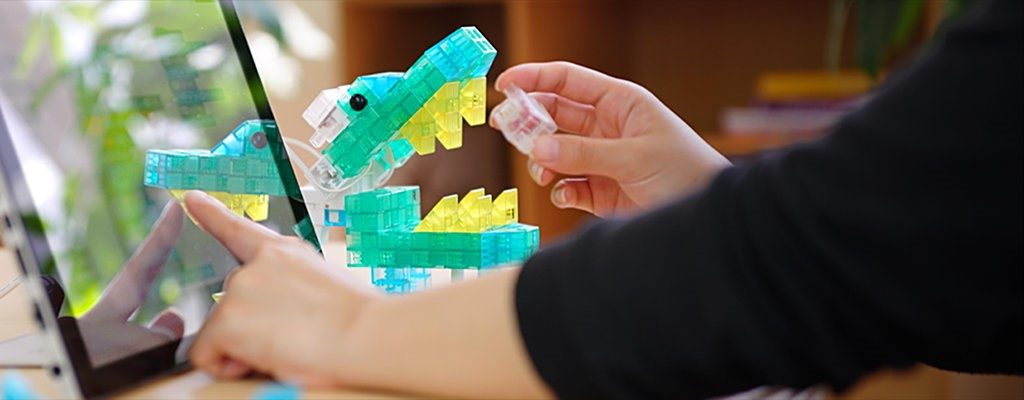
Cultivating opportunities that spark curiosity in students, inspires the desire to learn- increasing intrinsic motivation. Students who desire learning and growth, are more likely to persevere through challenges and develop agency over learning. Engagement vs. empowerment can become a little sticky as kids need to be engaged in order to become empowered. When we see kids who appear engaged, are we taking it a step further to empower students through the conditions we create in our learning environments? Carving out time to ask questions, explore and create can open the doors to empowerment. However, teachers often ask how they can allow for this within the constraints of the day. Connecting exploration and creation to content requires us to reimagine the structure of learning, but it doesn’t mean that we need to drop what we have previously done. Rather, let’s take time to identify what works best and combine it with opportunities to reimagine learning experiences.
This summer I seized the opportunity to explore a relatively new product by SONY called KOOV (coding robotics), with my son and students of mine. I also brought it along to a regional STEM conference for educators to get their hands on. I’m always exploring products that empower learning and address the 6C’s of Reimagining Learning (see graphic) that I share about in my book, Take the L.E.A.P.: Ignite a Culture of Innovation. It’s important for me to interact with the product with my children at home, alongside students, and then hear teacher thoughts as well. I’m sharing my personal review of KOOV for educators who are looking for avenues that lead us to empowered learning, employing the 6Cs.
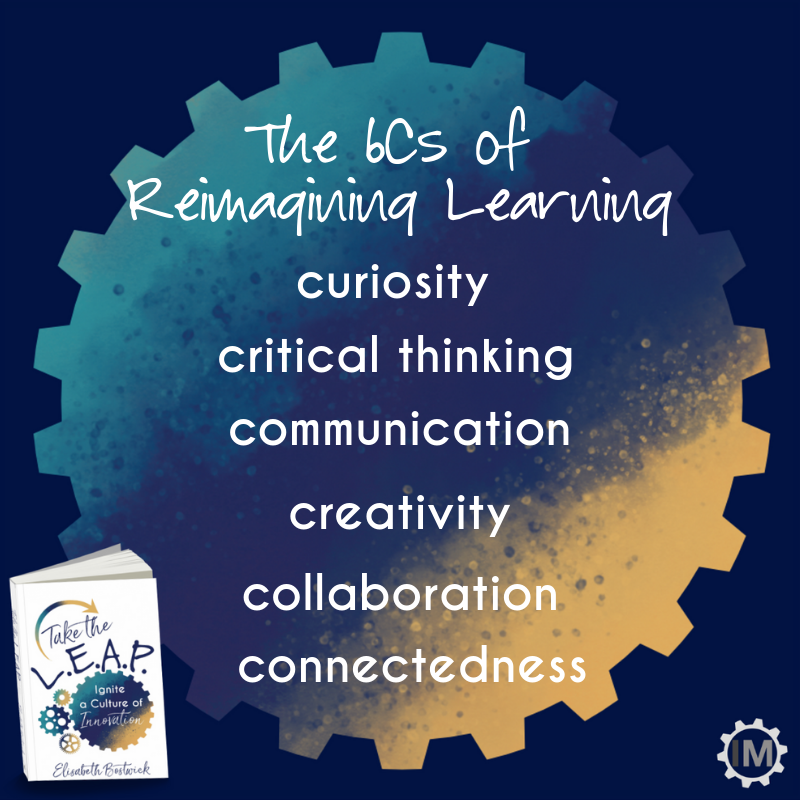
KOOV
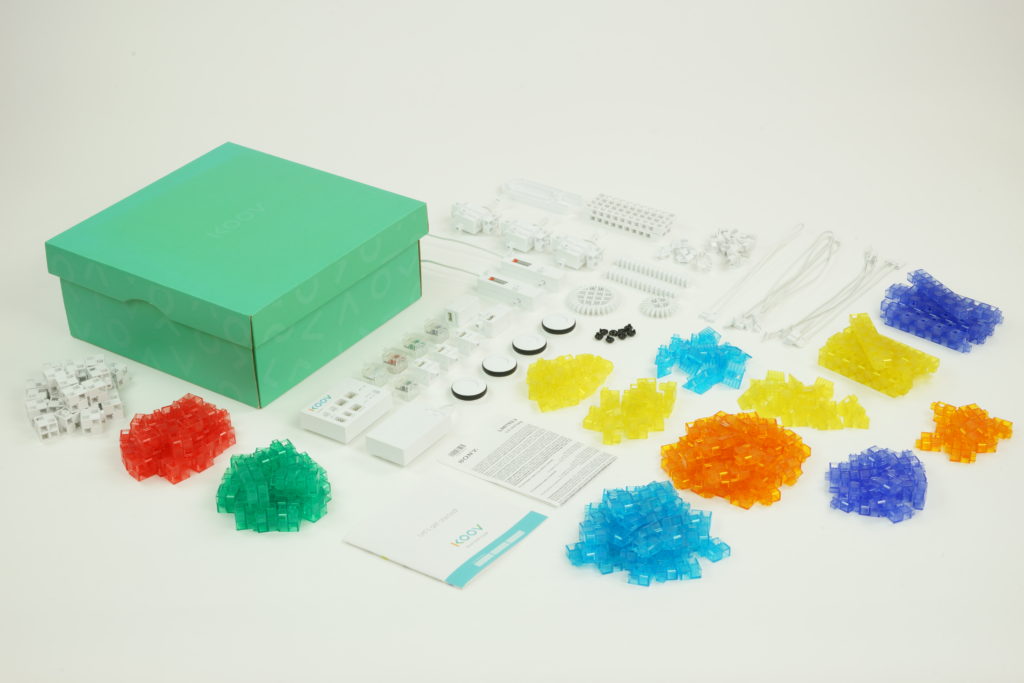
When I first opened the box, my immediate thought was that the concept was similar to LEGO Mindstorm Robotics, but more blockly or minecraft-like. KOOV building blocks come in vibrant colors that are extremely appealing to students, particularly younger learners. The teacher in me was thrilled to see that KOOV provides class management software, lesson plans, curriculum, and number of interlocking blocks, sensors, motors, and connectors for students to build creations with. After downloading the app, I was able to go deeper, learning how to use KOOV and block coding through several clear and helpful tutorials. The block based coding is similar to Scratch and the blocks interlock to build various designs.
Robust Opportunities for Student Voice and Choice
Within the app, students are prompted to create their avatar and either make their own robot design or select a “recipe” to build and code. My son was overjoyed to find that he could create anything from a parakeet that can and dance (as a result of a sensor), to a moving locomotion in the recipe selection. Within the kit is also an open source Arduino platform, serving as the connection that communicate the code to the robot. Fortunately, SONY breaks down how to connect the blocks and the Arduino platform in a student friendly manner.
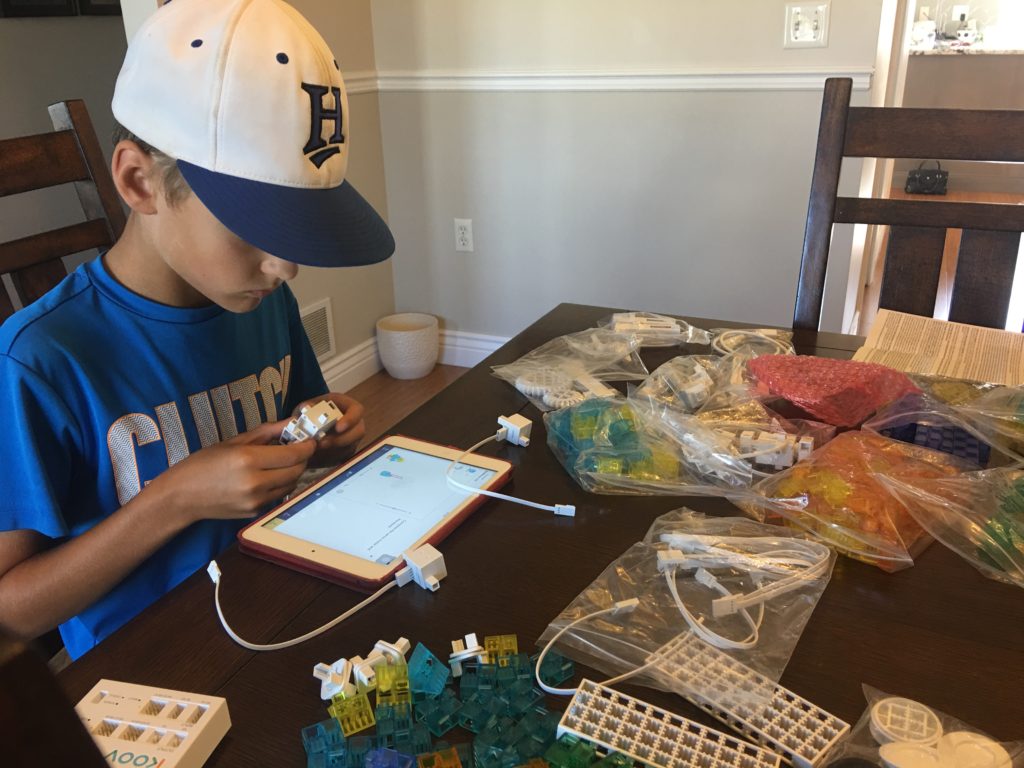
There are also “missions” to embark on to unlock tutorials along the way that increase in complexity. The entire experience is gamified for the user. I appreciate that students can work at their own pace of learning while still supporting their peers, or, students can collaborate on missions and building from a recipe. As students build in recipe mode, they can see each step of building the robot, the pieces required, and even rotate images in any way within the app to better understand how everything connects from any and all angles. KOOV’s 3D capability, in combination with hand-eye coordination, lends itself to the development of spatial reasoning in students.
Create Meaningful and Authentic Learning
When learning is connected to the interests’ of students it becomes more relevant, and therefore meaningful to them. As a teacher, one of my greatest joys was to know that my students genuinely wanted to be at school. Students who appeared disengaged, became engaged. Some of the students who struggled with mastering reading or mathematics skills, identified their strengths through coding or design. Coding in the classroom brought students together as they recognized and valued each other’s varying strengths.
I mentioned above that KOOV is an awesome resource to have on hand to empower learning. Here’s why:
- Students are curious about what they’ll unlock in the next mission and in recipe mode they feel the incremental success and are driven to complete the robot to put it in action.
- Koov allows for natural differentiation. Students can build their own creation and then add it to the site for others to build at a later time. Or, they can opt to follow steps of recipes that are labeled by difficulty level to develop confidence to develop their own design.
- Even the quietest student will find themselves communicating and collaborating with peers.
- Creativity soars as students develop their own unique designs.
- Connectedness is encouraged through sharing designs with hthe KOOV community for others to create. In our class, students also shared what they made through Flipgrid and Seesaw.
- As students design, create, and make, they are engaged as critical thinkers the entire time, problem solving to build with KOOV.
- Abstract concepts become more clear as students learn visually about concepts that are often difficult to understand, particularly in the areas of computer science and mathematics.
Connect Coding to your Curriculum
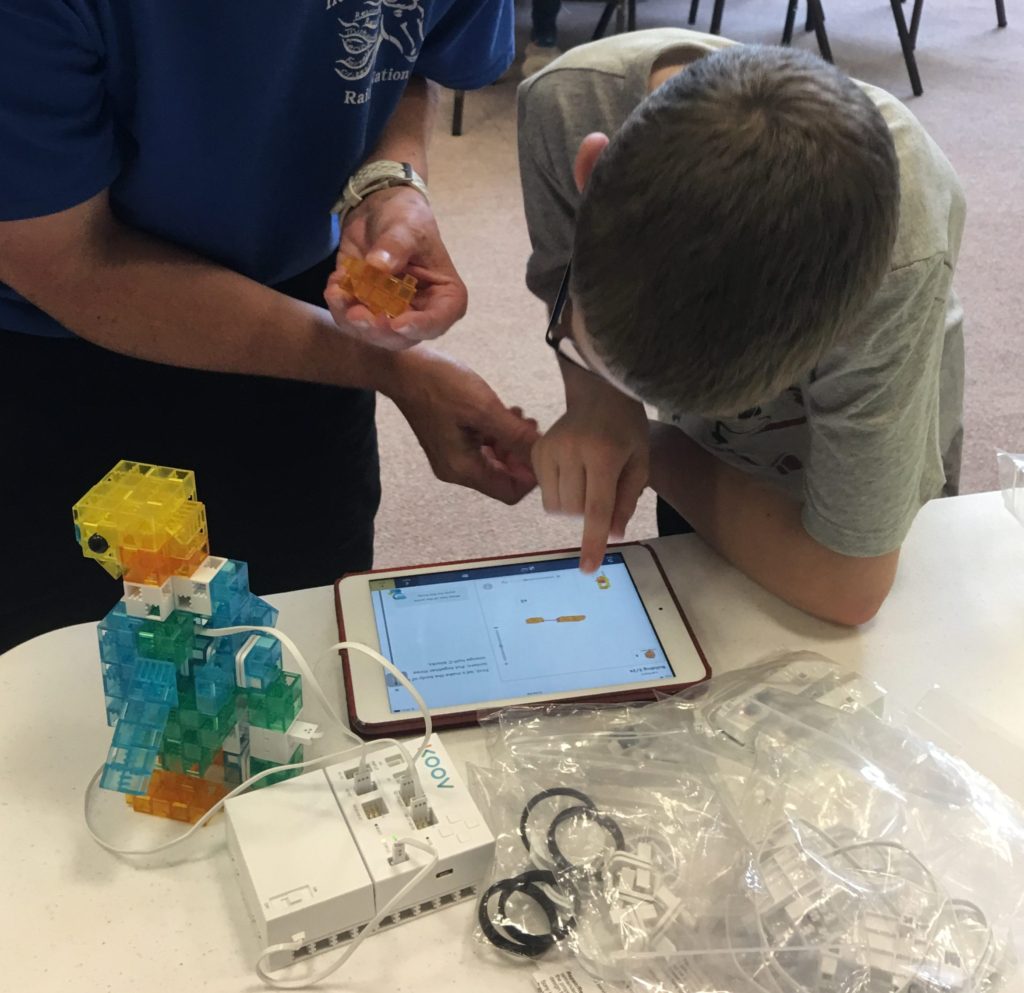
We all know the importance of fostering these skills in our students, but even still, many educators struggle with the constraint of time. We will never be able to add time to our day, and while KOOV would certainly make a great after school club idea, I highly encourage you to identify how you can connect coding to your curriculum. Regardless of the makeup of your class, KOOV will deepen learning and create meaningful experiences that students retain. Afterall, we all want our students to retain content. When students don’t, it’s often the student who is blamed. In today’s world, the opportunities at our fingertips are greater than ever!
In our classroom we often connected KOOV to writing and digital storytelling using the Book Creator App. However, there are numerous connections that can be made to mathematics, how-to writing, using coding in connection to geography and mapping within social studies, and of course, STEM.
Although we have leveraged the potential of numerous robotics in our classroom, KOOV lands among my top favorites due to all that SONY has made accessible within the product connecting to the 6Cs of reimagining learning, fostering mindsets, and future-ready skills in students. As educators, let’s immerse our students in experiences that enhance learning by developing their creative capacity, leading to innovative thinking.

